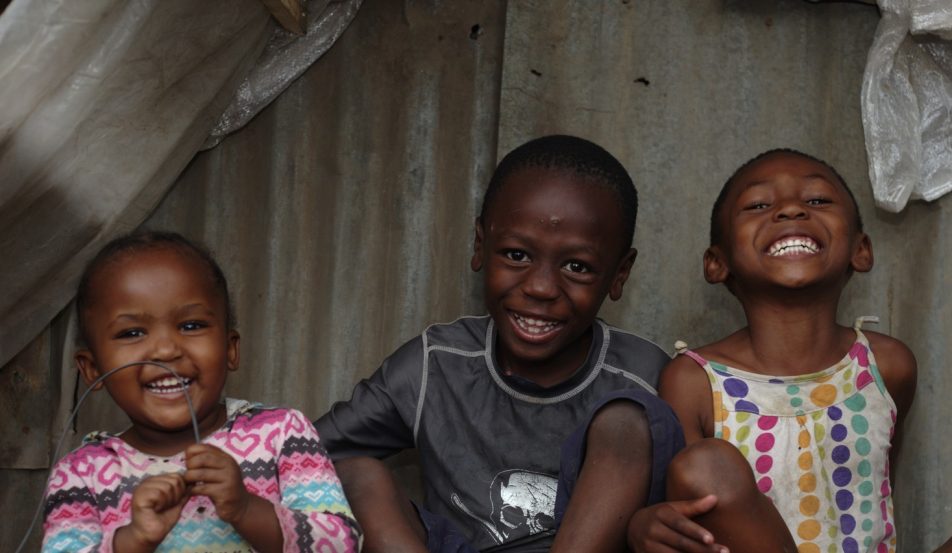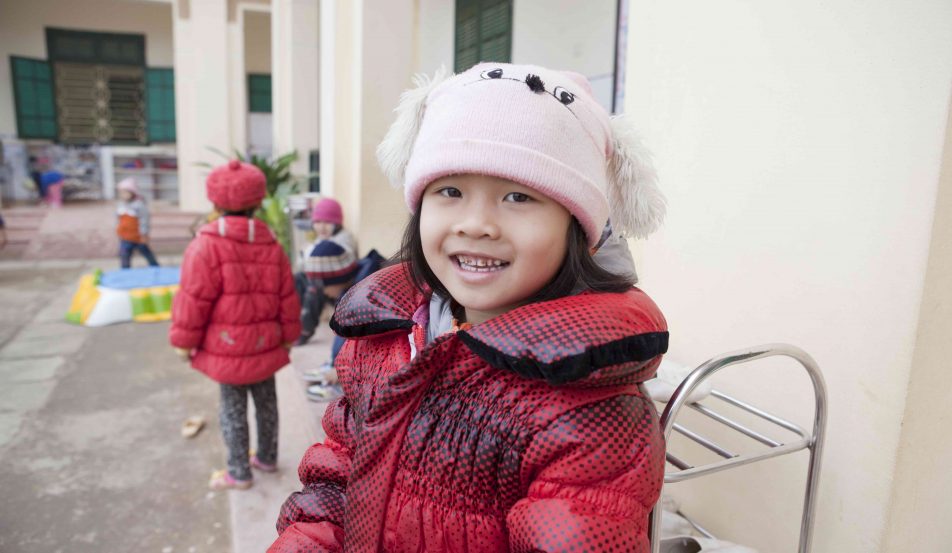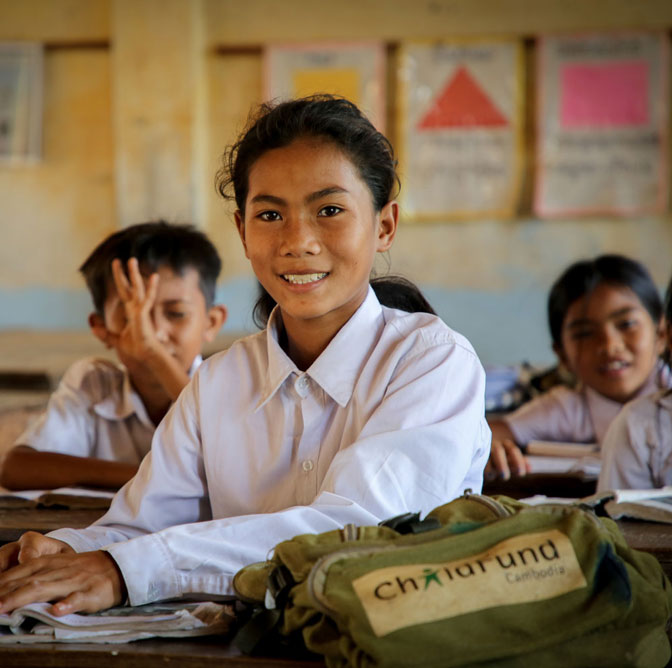Does Aid Work?
In our sector, we’re often asked: Is aid effective? Does the money get to where it is really needed? Why is there still so much poverty in developing countries?
The short answer to these important questions is that most aid makes a positive difference most of the time. This does not mean every aid project works – there are failures and problems – but taken overall, the aid effort is contributing to real reductions in global poverty.
So let’s discuss what aid has achieved around the world, and how aid is reducing poverty.
Child mortality rates are decreasing
If we look at the widely accepted ‘headline indicator’ of child poverty – child mortality – we see that the number of deaths of children under the age of five has reduced from more than 12 million in 1990 to less than 8 million in 2009, despite massive population growth over that time.
Research confirms that much of the reduction in child deaths is attributable to:
- Vaccination programs
- Malaria prevention initiatives
- Trained birth assistants
- More people accessing clean water
- Increased community knowledge about management of common childhood illnesses
Vaccinations, malaria nets, health training and access to clean water are in many cases provided by aid programs, particularly in rural areas.
Many child deaths are the result of preventable illnesses.
In areas where child mortality rates are significant, aid organisations like ChildFund identify the primary causes and, over time, implement initiatives to ensure more children survive those vulnerable years of early childhood..
More children are attending school and completing their education
Similarly, the evidence is clear that more children worldwide have access to education. Approximately 90% of primary school-aged children in developing countries are now in the classroom. Even in very poor countries like Ethiopia, 90% primary school enrolment rates have been achieved.
The work being done by aid organisations is reducing the number of early marriages in countries like Zambia, allowing girls to finish their education and marry at a time when they’re more mature.
Awareness programs also mean that parents and community leaders understand the vital importance of education for both boys and girls, and its role in breaking the cycle of poverty. In rural communities, this means more children are being encouraged to stay in school.
How are donations used in aid programs?
To ensure donations are used most effectively, safeguards, policies and processes have to be in place. Monitoring and evaluation systems must be established to measure impact, and aid organisations should foster a culture of public accountability and transparency.
For non-government organisations such as ChildFund, we are able to direct funds from donors in Australia to our local offices in the countries where we work. This means donations don’t pass through governments or third parties. Independent financial audits are undertaken annually, and at all times a zero tolerance approach to corruption is applied.
To reduce poverty, we still have more work to do
Despite the positive effects of aid, combined with the work of national governments, it is clear that our work is not yet over. The world may have halved the number of people living in extreme poverty during the last 30 years, but five million children still die each year from preventable causes. 25,000 children die each day from preventable causes. Achieving targets within the Sustainable Development Goals will not be possible unless we keep up the momentum.
There is no one way to end poverty
Sadly, the enormity and complexity of the problem means that global poverty is not quickly or easily fixed. There have been setbacks, including the global financial crisis that slowed economic growth and weakened wealthy nations’ contributions to aid. Conflict and natural disasters also pose risks to vulnerable communities. Global uncertainties mean that the hard-won development gains of the past three decades could be lost as communities backslide into poverty.
Are aid programs working?
Realistically, it will take many years for absolute poverty to be eradicated. But the slow rate of progress should not be used as a reason to give up.
There is clear evidence that aid works. It is within our power to eliminate global child poverty if a long-term, sustained and intensive effort is made.
You can help reduce global poverty
Want to take a small step that makes a big difference?
It’s not hard to join the effort to end global poverty, and help a child and their family escape the poverty cycle.
All it takes is a simple gift:
- Water filter: Help a family provide their children with clean water, which is safe for drinking, washing, cooking and bathing.
- A dozen chickens: Chickens provide a family with eggs to feed their children, or sell for additional income.
- Two hygiene kits: Simple hygiene items can be a life saver for children living in a remote community, helping to keep children clean and disease-free.
- Scholarship for a girl: When parents can’t afford school fees, it is usually their daughters who are forced to drop out. You can donate a scholarship that will let a girl finish her education.
Want to know more about how our charity gifts work? When you donate one of our Gifts for Good, we use your donation to provide a family in the communities where we work with the gift. You get to choose how your money helps children in need.
There is clear evidence that aid works. It is within our power to eliminate global child poverty if a long-term, sustained and intensive effort is made.






